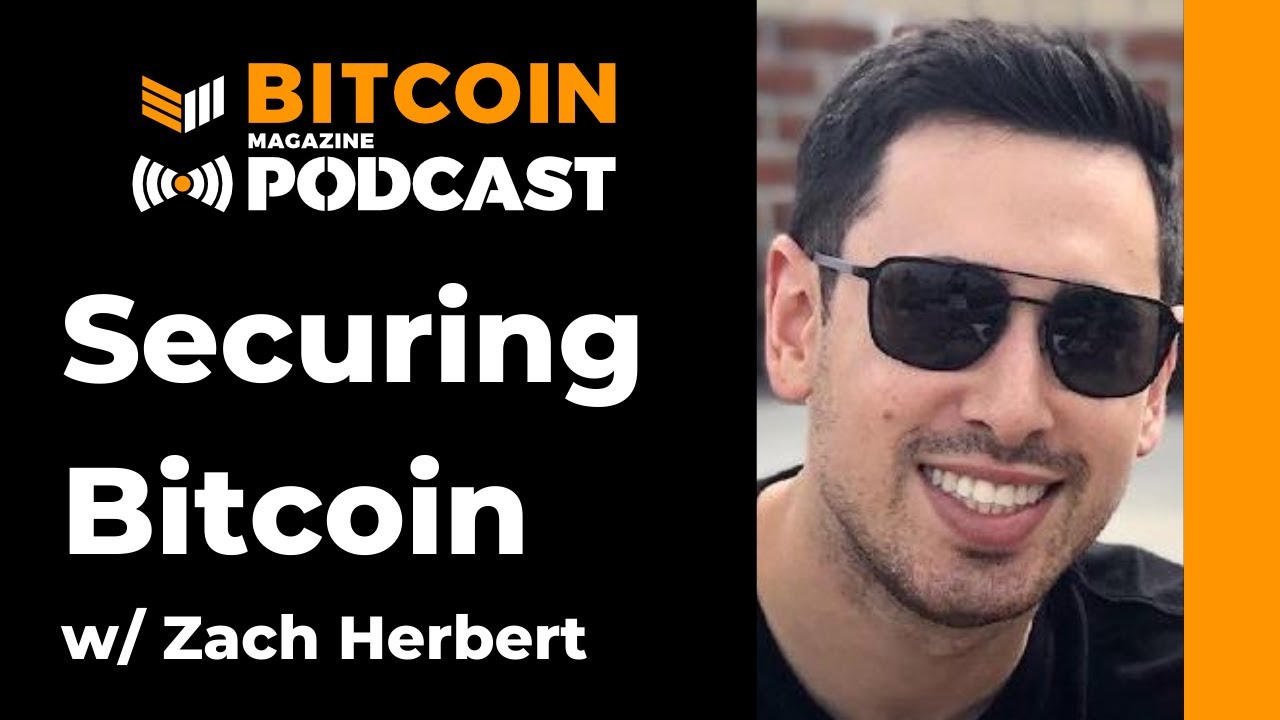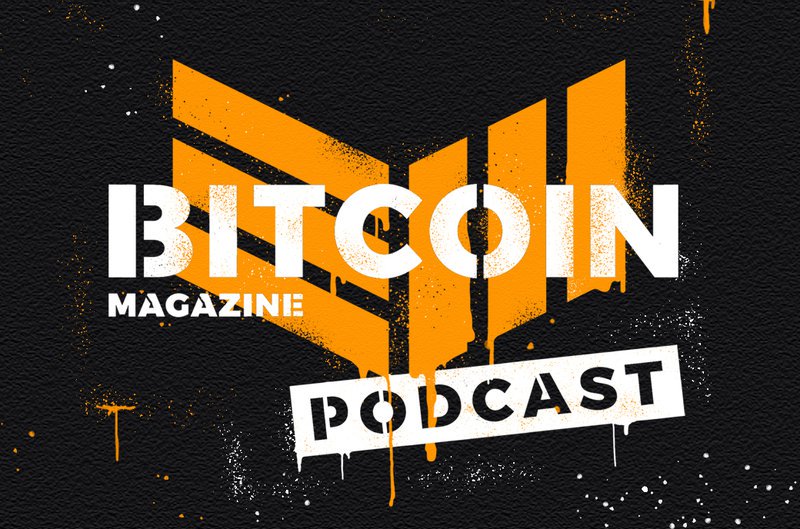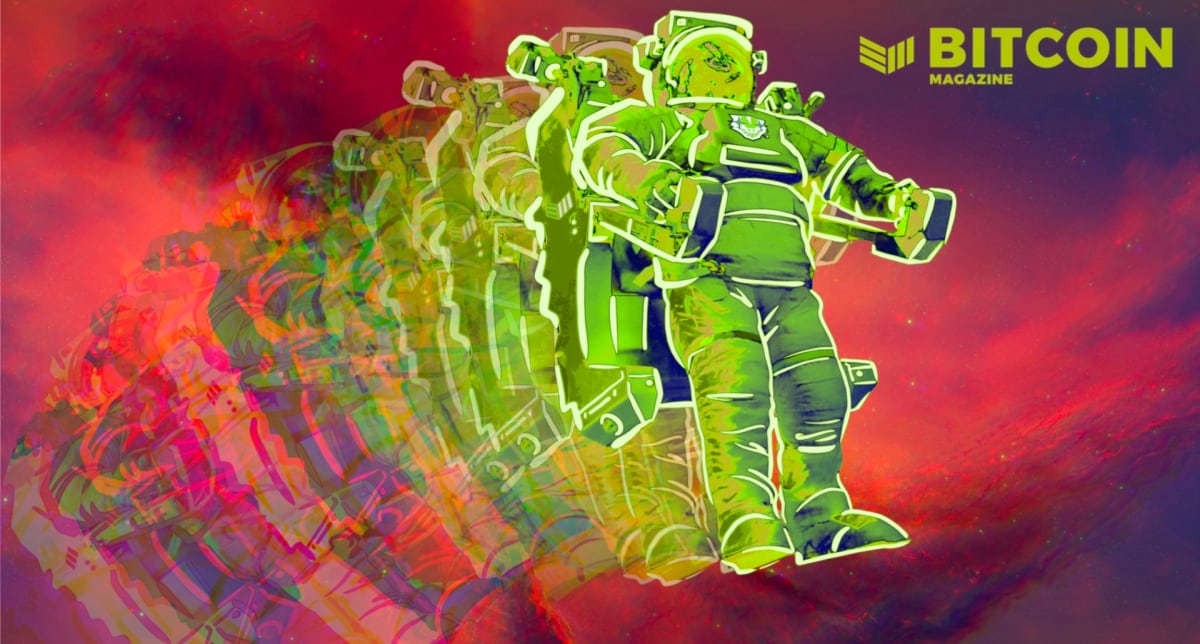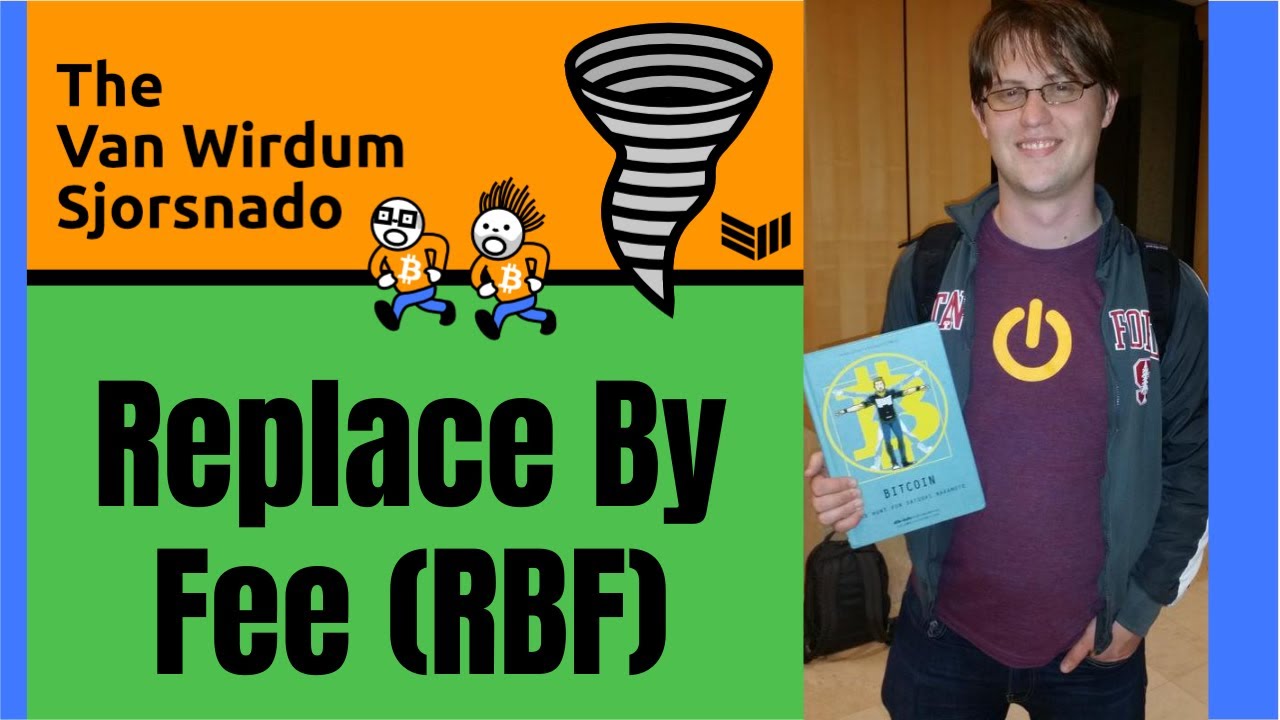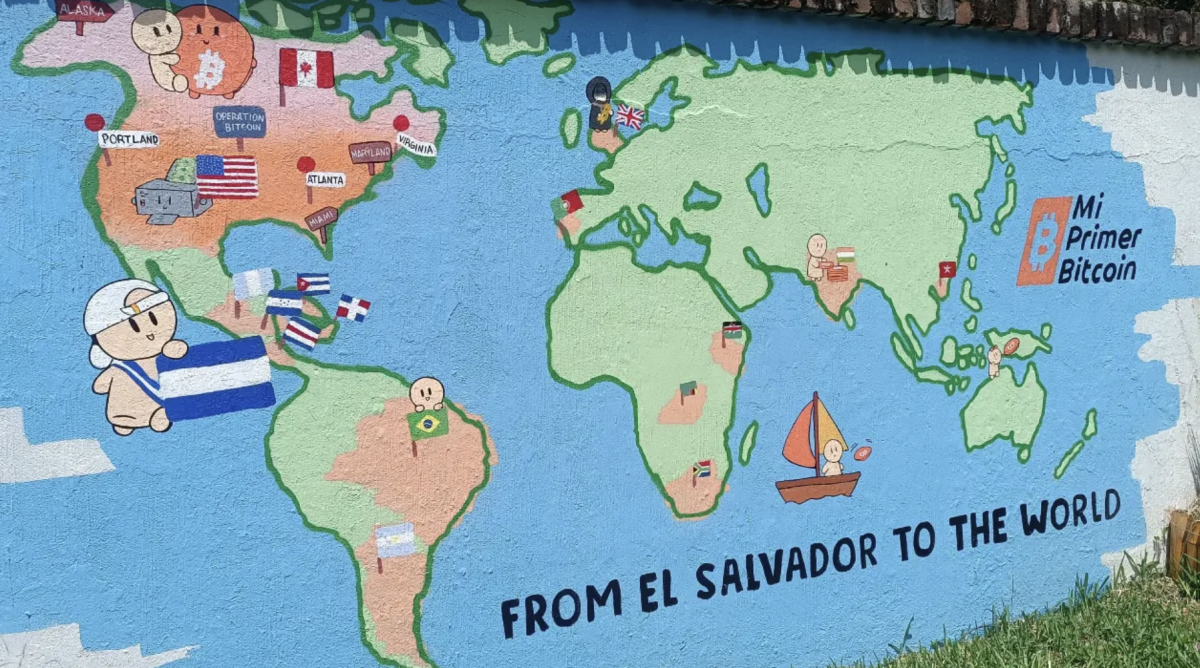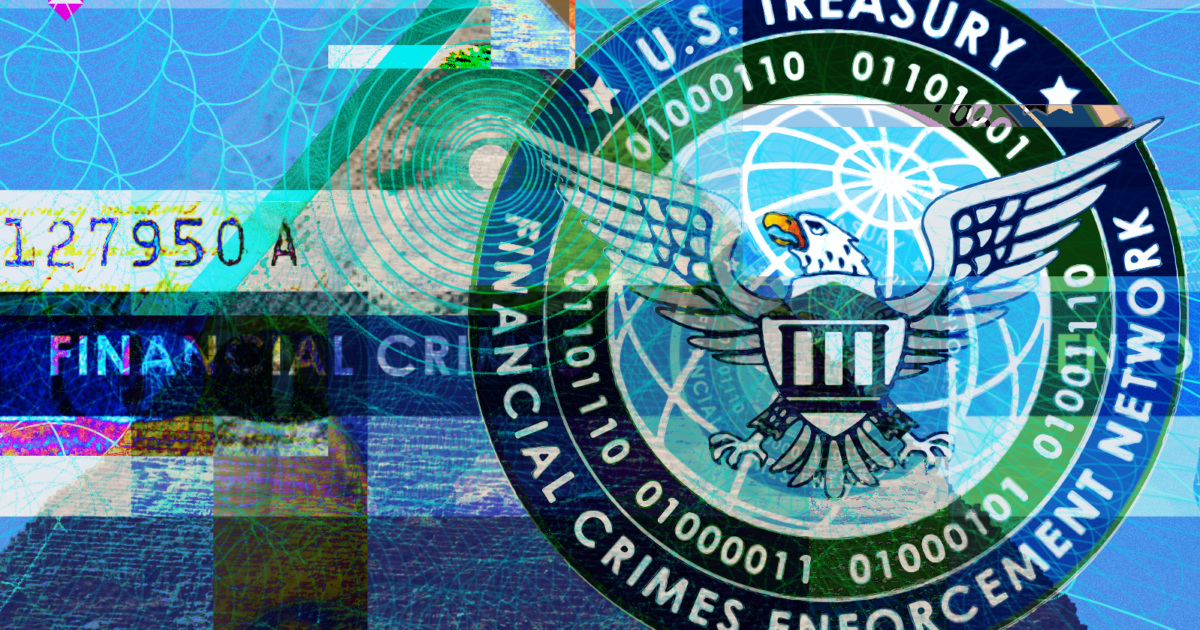Are Ordinals Really Good For Bitcoin?
Bitcoin Ordinals have demonstrated a strong desire for collectibles on Bitcoin, but are they really the best solution for the future?
This is an opinion editorial by Olga Ukolova, the director of the board for LNP/BP Standards Association.
Part One: I Just Love Art And Money, And I Collect Them Both
From reading up on Ordinals resources (the handbook, Ordinal theory overview, the BIP documentation), one can see there is a pretty straightforward idea behind the concept. An idea with classical numismatic roots: If I have a rare coin (and a satoshi is indeed a rare coin, as the supply is limited), then I want to store it for as long as possible, either for fun, for my personal collector pleasure and appreciation for the beauty of the coin, or for the purpose of passing it to future generations so that they can sell it at a higher price than I possibly ever could.
If we add the concept of inscriptions to this idea, then we fall even deeper down a fascinating, numismatic rabbit hole, as coins that are minted in an extremely rare supply often eventually experience a huge increase in value and can serve a great philosophical purpose.
As an example, we can see the history of the golden, double-eagle coin minted in 1933 in the U.S., which is currently worth $18.9 million, making it one of the most valuable collectibles in the world. At first, the concept of minting such a coin was proposed by U.S. President Theodore Roosevelt and was an extremely seductive opportunity for designer Augustus Saint-Gaudens who in 1905 wrote of the project, “I have long wished to do what little I could to improve the shameful condition of our money, but now that I have the opportunity I approach it with fear and trembling.”
Saint-Gaudens got down to business, but little did he know that the child of his noble intention would be killed by a person carrying the same name as the one who planted the seed of inspiration into his hands and mind. In 1933, President Franklin Delano Roosevelt took the country off of the gold standard, making the 445,000 gold coins illegal to own and ordering that they be gathered and melted down.
For the double-eagle piece, everything had been perfect from the standpoint of modern Bitcoin values: It was made of pure gold, it had unique inscriptions, the supply was extremely limited and, especially after it became illegal, there was eagerness to own it. The coin even had a boating accident of its own, as around 20 pieces disappeared before the total supply got destroyed.
Part Two: Gold Is dead! Long Live Bitcoin!
In the above-mentioned context, Ordinals and inscriptions make a lot of sense and follow a pretty old tradition. People have always collected things that were either beautiful, expensive or hard to get (stones, shells, gold pieces, minerals, animals, spices, clothes, etc). So, what exactly is “good” about Ordinals?
- For the person who loves bitcoin as a collectible or can’t afford to own a big fraction of it, it becomes a thing of huge value. Ordinals allow them to stamp some personal uniqueness and value of ownership to their sats, at least until internet provider giants tear them apart.
- For collectors (numismatists, especially) Ordinals bring a digital way to own, store and send the coins they deem valuable.
- Ordinals go hand in hand with one of Bitcoin’s key traits, which is being a store of value. Moreover, if you have a unique satoshi, you will HODL onto it for your dear life.
Part Three: I’ll Show You My Sat If You Show Me Yours
But there are things which Ordinals are lacking, from both social and technical perspectives. In real life, collectibles, as money, love silence. If you have a 22-carat black diamond in your apartment, you can show it off to some of your peers every now and then, but you probably don’t want a thug cartel from the neighborhood to know about it.
This brings us to the need of having privacy while operating and owning rare and expensive assets. As Bitcoin is pseudonymous, so are Ordinals, because they inherit the properties of the timechain, are totally dependent on it and do not introduce any additional ways to make your ownership over an asset private.
Ordinals affect Bitcoin and add complexity and technical difficulties for many participants, from miners to regular users. Bitcoin is not very scalable and it was not meant to serve as a file storage system that would cost users all of their fiat savings to make one transaction. If I pay for my coffee, I don’t want its cost to have an Ethereum-sized fee and to be mined after a week because someone decided to inscribe some sats with a “My Heart Will Go On” MP3 file for Valentine’s Day. As a miner, I might not want to see JPEG garbage on my node and I don’t want to validate it, thus I can delay acceptance of it for as long as possible.
However noble the roots of Ordinals are, taking into account the current Bitcoin development landscape, we, again, find ourselves in the good old debate of 2017 over block size and polluting (or spamming) the timechain. So many spears have been broken over this, that it is painfully hilarious to find ourselves boiling in this narrative again. I guess, when it comes to collectibles, the block size debate can indeed last forever for Bitcoin.
Also, inscription with a JPEG or MP3 doesn’t actually make a satoshi that much more unique or bring a lot of additional value to it, just as the marker doodles of a toddler do not make your apartment walls those of the Louvre.
We could continue further on with the flaws that the approach of Ordinals and inscriptions have, but Bitcoin Twitter has been doing a great job for us over the past few weeks, so we’ll humbly move to the last chapter of this article.
Part Four: How to Make Collectibles Really Good For Bitcoin?
As described in the beginning of the article, the human need of creating, owning and exchanging collectibles and art are more than valid, but Ordinals and many other existing solutions that offer to address those needs can add more problems than they claim to solve. So, let’s play a game and imagine a perfect collectible. Think about the traits it should have and try to find a proper solution to meet the requirements.
A perfect collectible is an object that has the following parameters:
- It has an owner. The first owner of a collectible is always its creator, which has the rights to change the art, add inscriptions to it, sell it, rent it out, etc. Ownership rights should be transferred from one owner to another, with no ability to sell the collectible twice (aka, prevent double spend) and with the ability to verify the uniqueness of the asset, fully peer to peer, without appealing to any third party.
- Asset ownership must be private by default with an option to reveal the art and the author to the broad public. Why? First of all, we all know that artists have very tender souls and not all of them can accept criticism lightly, which can bring many unpleasant and massive consequences. Second of all, as described earlier, if I created a painting using rare and expensive materials, or if I own a rare piece of art, stone or metal, I don’t want the whole world to know about it, as that might introduce many attack vectors, both digital and physical, for me as an owner. Lastly, if a collectible gains value with time, it’s better to keep it away from the public eye and reveal or sell it when the time is right and the value would be the biggest.
- Collectibles should not live on the Bitcoin timechain. They should not create any additional load, changes or debates on the main-chain level, neither for users nor for miners nor node runners. It should not affect the block size or inject huge amounts of irrelevant data into the blocks. Bitcoin, at best, must remain nothing more than a settlement layer for various operations that are being performed over an asset. All of the data, all of the knowledge of the asset’s existence should be kept on the client side.
Sounds like a nice fairy tale, doesn’t it? Well, while some choose to dream about perfect solutions, we prefer making our dreams come true. And we have built a protocol that meets all the above mentioned criteria, and that solution is called RGB.
What is RGB? It is a smart contract and rights ownership system that helps collectors and artists to create valuable assets, sell and buy them in a private and scalable manner, with zero timechain footprint, on Bitcoin, with no added token.
RGB takes the load off of the Bitcoin timechain by putting all of the data of the asset on the client side, using the concepts of client-side validation and single-use seals introduced by Peter Todd back in the day. The same ideas enable peer-to-peer verification of a collectible, without relying on any third parties or miners. It brings privacy to holders and creators by applying zero-knowledge cryptographic primitives such as bulletproofs, thus ensuring that no one will be able to hijack the transaction or genesis of an asset. Consequently, RGB does not affect the Bitcoin fee rate, thus preserving its market cost and avoiding all possible debates around it.
To summarize, we can say that not all JPEGs are art or collectibles, and not all collectibles are bad or harmful — it’s often a matter of how to operate them.
And, in this regard, RGB is indeed “really good for Bitcoin.”
This is a guest post by Olga Ukolova. Opinions expressed are entirely their own and do not necessarily reflect those of BTC Inc or Bitcoin Magazine.


